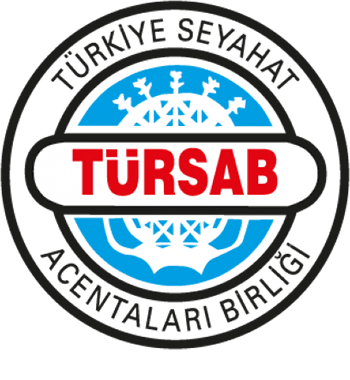Another must see sight in Istanbul is Basilica Cistern or the Sunken Palace ''Yerebatan Sarayi'' as the Locals call it. The original name used by the Romans is Basilica Cistern since it used to lie beneath the Stoa Basilica, one of the two great public squares on the first hill of Constantinople.
The Basilica Cistern was built by Emperor Justinian right after the Nike riots to extend the water supply as the city used to suffer from scarcity of water in summer. The water stored here mainly supplied the Great Palace of Romans and some other buildings in the area. And it is the largest of all the Roman cisterns in Istanbul covering an overall area of 140 by 70 meters with 336 columns from obviously different temples or buildings as they are all different. And when it is filled with water from bottom to top it can take 80,000 m3 water which is a lot. And when you visit Basilica Cistern today, you will see some fish in the water. Don’t be surprised they are local to the cistern, in other words they are natives there. The Romans put the fish in the cistern as an early warning system which is just like the birds in the mines. As you know Constantinople was quite a rich city and has a perfect location which made it a target for almost anybody throughout history and as we know it was besieged by the enemy 29 times before The Ottoman Turks conquered it in 1453. Imagine, the city is under siege and you need provisions in the city. So you built cisterns to reserve water, and garden to supply food. But the water supply is not in the city; it is in the mountains about 15 miles away and as you may guess outside the walls. So you built some aquaducts to bring the water to the cisterns but during the siege you cannot protect the aquaducts and enemy can easily access your water supply and poison it to break your resistance. And if you drink the poisoned water you know what will happen. So the smart Romans put the fish in the cistern so that fish would die first and then they would know that the water is not drinkable any more.
After the conquest of Constantinople by the Ottoman Turks in 1453 the cistern was used to water the plants in the gardens of Topkapi Palace.
And now it is a very well restored museum for visitors from all over the World.
Feel free to contact us for any requests, questions you may have about our services or Turkey.

